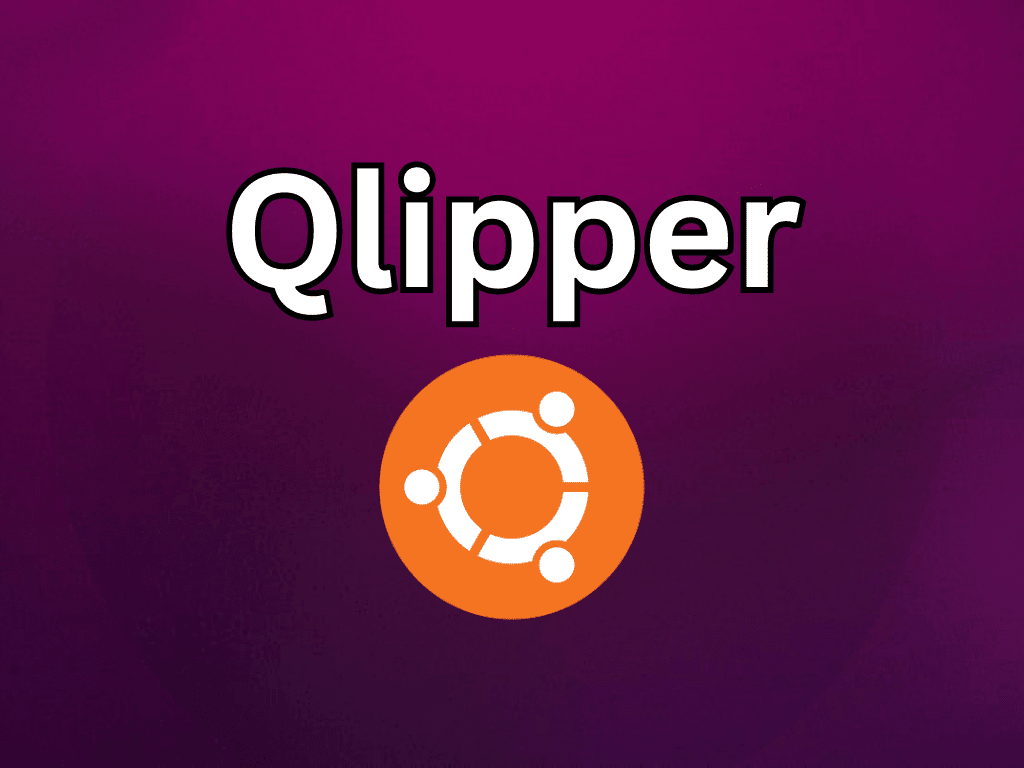For those using Ubuntu 22.04 Jammy Jellyfish or 20.04 Focal Fossa, integrating Qlipper into your system can significantly enhance your productivity. This clipboard manager is not just another utility tool; it’s designed to fit seamlessly into lightweight desktop environments like LXQt and LXDE, offering a range of features that make it indispensable.
Key Features of Qlipper
- Minimalist Design: Qlipper is designed to be simple and unobtrusive, fitting well with lightweight desktop environments.
- Clipboard History: Beyond just the most recent copy action, Qlipper keeps a history, making it easier to manage multiple copy-paste tasks.
- Customization: Users can tailor the clipboard behavior and history stack size to their needs.
Why Choose Qlipper?
- Efficiency: The clipboard history feature speeds up repetitive copy-paste tasks.
- Low Resource Use: Qlipper is lightweight, ensuring it doesn’t slow down your system.
- Integration: It’s optimized for lightweight desktop systems, offering a cohesive user experience.
In summary, Qlipper offers a streamlined, efficient approach to clipboard management. The upcoming guide will show you how to install Qlipper on Ubuntu 22.04 or 20.04, extending your system’s functionality and making your daily tasks more efficient.
Section 1: Install Qlipper on Ubuntu 22.04 or 20.04 via APT
Step 1: Update Your Ubuntu System Before Qlipper Installation
Keeping your system updated is crucial to maintaining system stability and security. This step ensures that you have the latest versions of packages, reducing the risk of security vulnerabilities and enhancing system performance.
To update your Ubuntu system, open the terminal application, then enter the following commands:
sudo apt update
sudo apt upgradeThe sudo apt update command updates the local package index with the latest changes made in the repositories while sudo apt upgrade upgrades the currently installed packages to their newer versions if available.
Step 2: Install Qlipper on Ubuntu 22.04 or 20.04 via APT Command
Qlipper, by design, is included in the default Ubuntu repositories. This makes the installation process relatively straightforward.
Execute the following command in your terminal to install Qlipper:
sudo apt install qlipperThe command sudo apt install qlipper instructs the APT package manager to install the Qlipper package. sudo provides administrative privileges, apt calls upon the package management tool, install is the command that initiates the installation, and qlipper is the name of the package we wish to install.
Section 2: Initiating Qlipper for the First Time on Ubuntu 22.04 or 20.04
Having successfully installed Qlipper, you can initiate this powerful clipboard manager and integrate it into your workflow. Here, we’ll guide you through launching Qlipper, detailing how to do this through the terminal or the graphical user interface (GUI).
Launch Qlipper from Terminal on Ubuntu
The terminal is a powerful tool that efficiently launches and controls applications in Linux-based systems. To launch Qlipper through the terminal, enter the following command:
qlipper &The qlipper & command instructs the system to start the Qlipper application in the background. The ampersand (&) at the end of the command is particularly significant as it allows the terminal to return immediately rather than waiting for the command to complete. This lets you continue using the terminal for other tasks while Qlipper runs.
Launch Qlipper via GUI on Ubuntu
Qlipper can also be initiated directly from the graphical user interface for those who prefer a more visual approach. You can navigate to Qlipper through your application menu in the following way:
Activities > Show Applications > QlipperThe above path leads you to the icon of the Qlipper application. Clicking on the icon will launch the application, allowing you to leverage its clipboard management capabilities.
Section 3: Managing Qlipper on Ubuntu 22.04 or 20.04
After installation and customization, it’s essential to understand how to manage Qlipper on your Ubuntu Linux system. This involves knowledge of how to update and remove Qlipper when necessary.
Update Qlipper on Ubuntu 22.04 or 20.04
Installed via the APT package manager, Qlipper is integrated into your Ubuntu’s system updates. Therefore, when your system checks for updates, Qlipper will be part of the items to be updated if necessary.
For users who prefer a hands-on approach to managing updates, the following commands can be executed to update Qlipper specifically:
sudo apt update
sudo apt upgrade qlipperThe first command, sudo apt update, synchronizes your local package index files with the sources defined in your system’s sources list. Essentially, it checks if there are newer versions of the packages you have installed.
The second command, sudo apt upgrade qlipper, will upgrade the Qlipper package specifically if a newer version is available. This keeps your Qlipper installation up-to-date with the latest features and bug fixes.
Remove Qlipper on Ubuntu 22.04 or 20.04
There might be situations where you need to remove Qlipper from your system. For instance, if you no longer require its functionality or wish to reinstall it for troubleshooting purposes.
To uninstall Qlipper, execute the following command in your terminal:
sudo apt remove qlipperThis command will uninstall Qlipper from your system but leaves behind the configuration and data files associated with the application.
If you want to remove the application data as well, execute the following command:
sudo rm -r ~/.config/QlipperConclusion
In this comprehensive guide, we’ve walked through installing Qlipper on Ubuntu Linux, launching the application, and leveraging its key features for improved clipboard management. We also explored essential aspects such as customizing Qlipper to suit personal preferences and managing the application through updates and removals. By following this guide, users should be able to efficiently install and use Qlipper on their Ubuntu systems, resulting in a more streamlined copy-paste experience.
To conclude, Qlipper stands out as a robust and efficient clipboard manager for Ubuntu Linux, and understanding its installation and management process is a worthwhile pursuit for any user who often finds themselves juggling multiple pieces of data on their clipboard. Its simplicity and ease of use, combined with the power of its features, make it a valuable tool in any Ubuntu user’s software arsenal.



